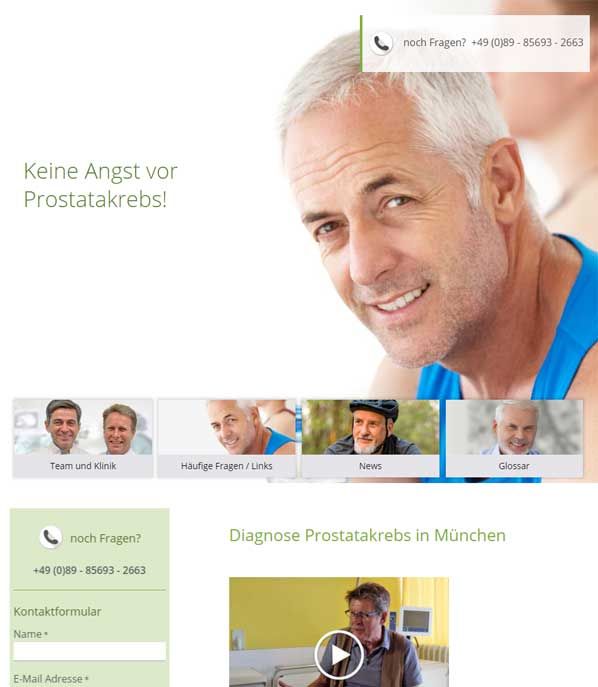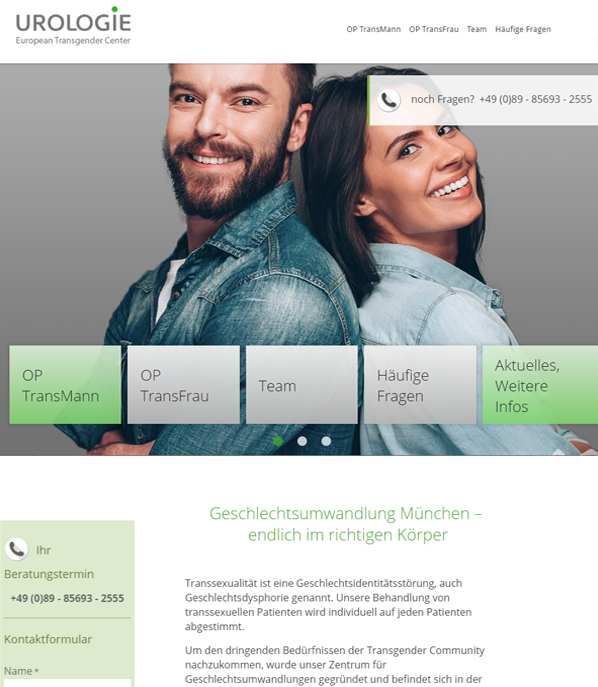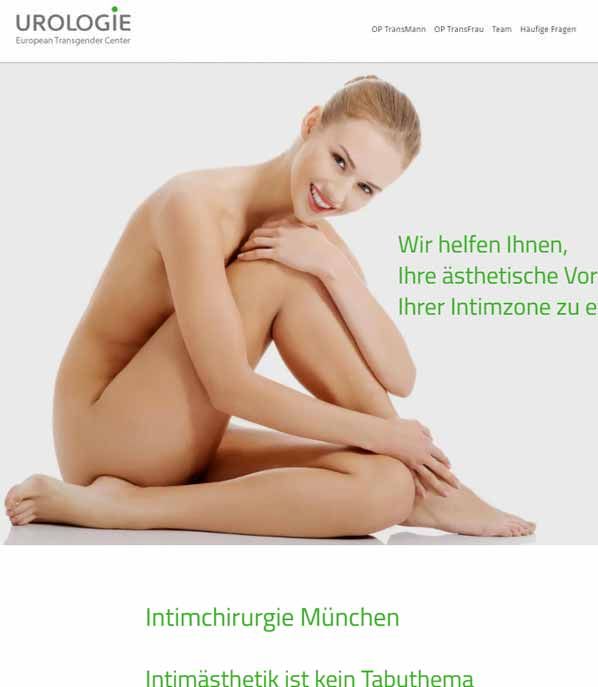Urge incontinence
This is an involuntary loss of urine in combination with a simultaneous or preceding, uncontrollable urge.
Classification and causes
A distinction is made between a form with simultaneous contractions of the bladder muscle ("motor urge incontinence") and a form without these contractions ("sensory urge incontinence").
There are numerous possible causes, including:
- Inflammation due to acute or chronic urinary tract infections
- Interstitial cystitis
- Hormone deficiency (oestrogen deficiency)
- Neurological diseases (e.g. multiple sclerosis, Parkinson's disease)
- Medication
- Anatomical changes (lowering of the pelvic floor)
- Enlargement or tumours of the prostate
- Tumours of the bladder
- Changes to the urethra
- ...
If no specific causes can be identified, the condition is known as an overactive bladder (OAB).
Treatment
Urge incontinence is mostly treated with medication, especially with drugs that "calm" the bladder (so-called anticholinergics). This allows the intervals between the urge to urinate to be significantly extended.
Mild forms can be influenced favourably by special behavioural training. This includes, in particular, biofeedback.
If symptoms of an overactive bladder cannot be successfully treated with the afore-mentioned methods, the injection of botulinum toxin ("botox") into the bladder can be useful. Botulinum toxin is a nerve poison that inhibits the transmission of impulses to the muscles. The bladder is virtually immobilised at the places where the injection is made, thus reducing the feeling of urge. Due to the only temporary effect of the toxin, the treatment must usually be repeated after 3 - 6 months.
Further surgical therapies are possible for mixed forms of incontinence. Here, the urge component can be positively influenced by eliminating the stress incontinence.







